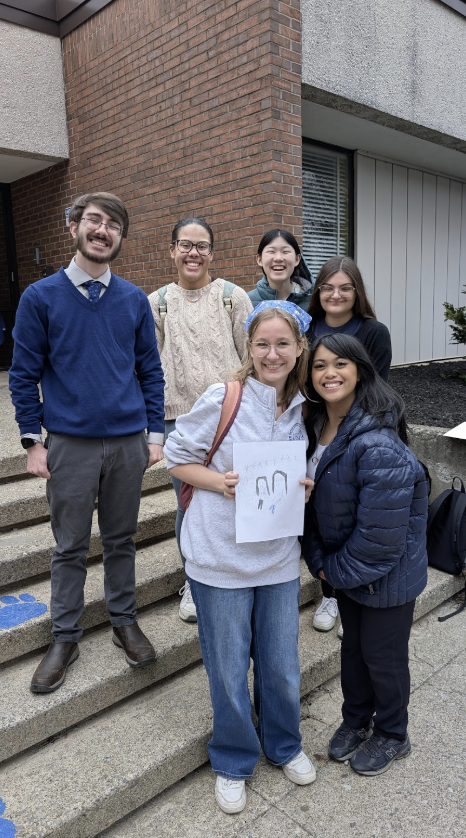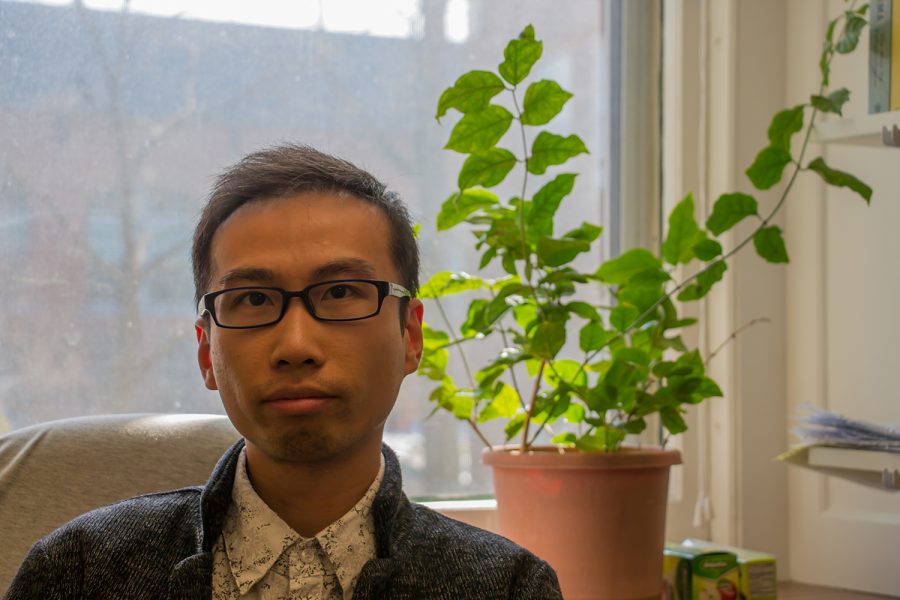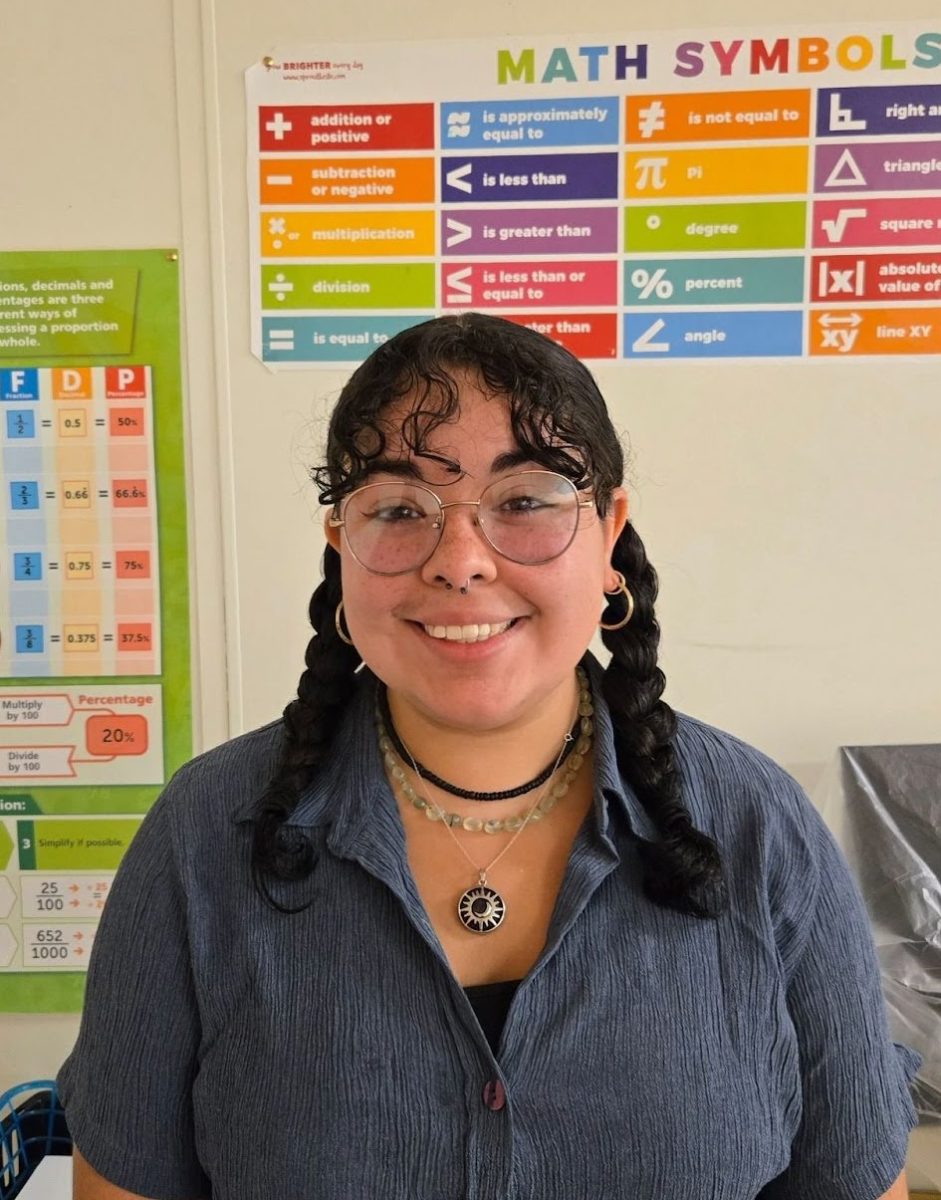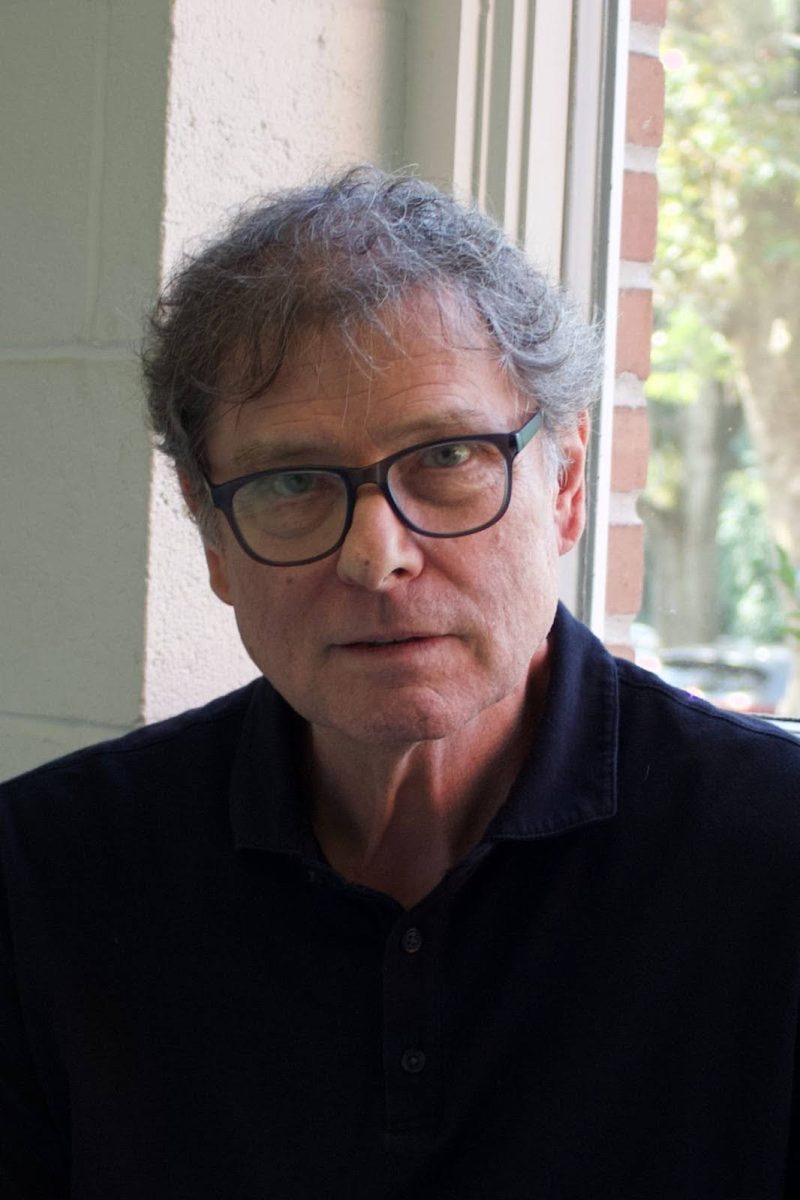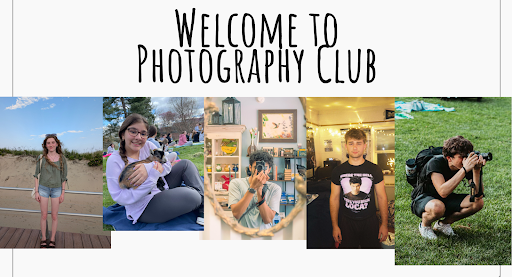On April 10, 2025, Moravian’s Humanities Fellowship visited William Penn Elementary School to introduce the students to humanities-related topics. 15 members from each cohort helped coordinate the event, including Danielle Mc Eaddy, Marissa Greenawalt, and Nathan Pynchon.
Describe your project.
Nathan: We planned lessons on subjects such as environmentalism and marginalized groups, and did our best to spread awareness of them at the school. For my lesson, I spoke with the 4th-grade classes about the Disability Rights movement. We spoke about its connections to the Civil Rights movement and brainstormed how we can apply the idea of accessibility to our modern world. The students were really engaged, and I was surprised by how knowledgeable they were about accessibility!
What was the process of planning your project?
Nathan: While this idea was developed and refined by cohorts 3 and 4, I would like to shout out Danielle Mc Eaddy, who guided us throughout most of this project. Using her connections at America Reads, she secured our visit to the school and served as the liaison between us and our teachers. This project would not have happened if not for all of her effort! The actual lesson planning part was where I felt most at home. Since I’m an education student, I ran a workshop on the basics of lesson planning. Once we all had our plans developed, all we had to do was wait for the day and work with our students!
What challenges did you face when workshopping your project?
Marissa: My partner, Holly, and I had been given free range to do whatever we wanted during the period we would be with the class. It was both cool to have so much freedom, but also left us uncertain at times about our project. The way we overcame the uncertainty was by aiming to keep our individual work aligned with the group’s overall goal for the project.
Nathan: I would say timing. Any educator will tell you that it feels like there’s never enough time to fully explore everything you want to do. With only thirty minutes to engage with the class, I had to make some tough decisions on what I actually wanted them to learn by the end. Dr. Nolan in the Education Department helped me a lot in this respect. We worked together to transform the more discrete, specific facts of my lesson into broader, general, and more engaging concepts. Instead of discussing the major events of the Disability Rights movement, we focused on drawing connections between it and the Civil Rights movement.
What has been the most surprising or unexpected part of this experience?
Nathan: Although I’ve worked with this age group before, it’s always so surprising how engaged the younger grades are with learning. While older students can still be very motivated, it often takes more time to build a warm relationship with them. Conversely, these students were ready to go the moment I started! Perhaps I’ve just been blessed with wonderful classes so far, but it was a pleasant surprise seeing how motivated these students were.
What new skills or perspectives have you gained through the experience at William Penn?
Nathan: This experience taught me about the importance of grounding my lessons in the real lives of my students. Not only did they have the opportunity to connect history to the real world, but I also made discoveries about our local community while running this lesson. When discussing the concept of accessibility, I learned that William Penn Elementary does not have an elevator for accessibility. The Disability Rights movement is seeking to change problems just like that. Learning this has given me a deeper appreciation for my topic as a whole.
What advice would you give to future fellows working on similar community-based projects?
Marissa: Just to look forward to the experience of engaging in a community-based project. It can be nerve-wracking, but the work you’re doing is appreciated, and it leads to such a positive experience for everyone involved.
Nathan: Think about what you’re good at, and consider what the community needs. Find a middle ground between the two, and you’ll be set for a successful project.


